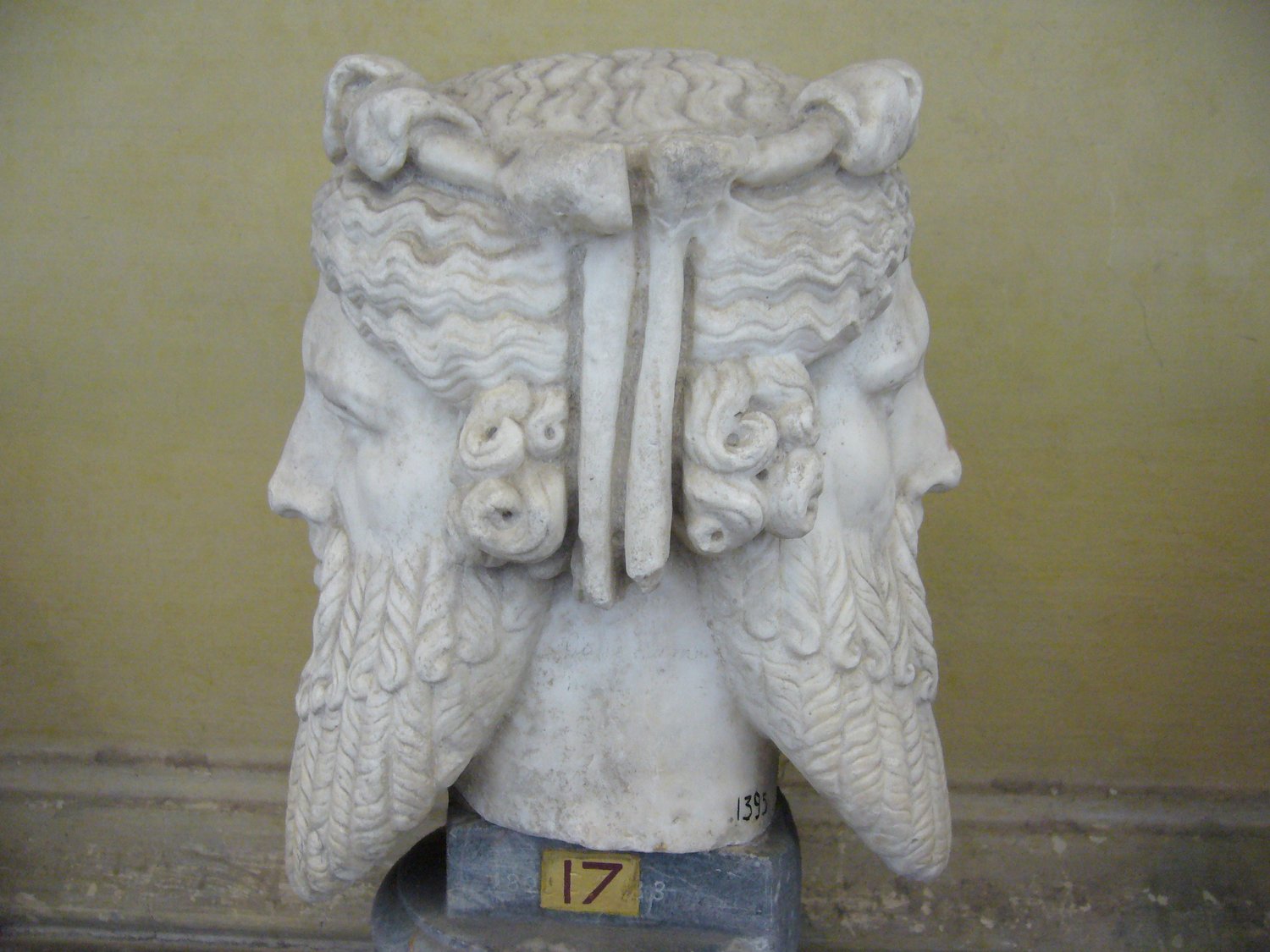Holy, Holy, Holy
Bulls, cows and dogs roam the streets in Varanasi, India, on the bend in the Ganges where the river flows northward towards it source in the Himalayas before it turns east again crawling toward the Bay of Bengal. Animals lie where they want and consume some small portion of Varanasi’s prolific garbage. Some people might adopt a particular cow. They might give her some hay. Then she will come to them to be milked. Besides the water from the Ganges River, milk is the holiest liquid. Garbage in, milk out. What a miraculous world!
The holiness in Varanasi does not resemble holiness anywhere else on this planet. Varanasi inspires with activity, spiritual energy, fecal matter, garbage, dust and dirt throughout this Jerusalem of India. This town has a thousand temples dedicated to Shiva, the god of destruction. If you come to Varanasi, half of your bad karma disappears.
Bathe in the Ganges and the other half vanishes, just like that.
The Ganges carries the hopes and spiritual aspirations of billions of people. The river emerges from the headwaters of melting Himalayan glaciers incorporating agricultural runoff and poop from at least a half billion people and every kind of animal into its holy water. Add to that stew the ashes of the dead and the karma of sinners.
When people die, they are quickly cremated. The closest male relatives carry their dead to the river, immerse the corpse in the Ganges for purification, and then immolate these lifeless bodies on a pyre they had prepared. Men come down to watch their loved ones’ bodies go up in flames. As the ceremony concludes, the closest relative is honored by taking a stick and cracking open the burning skull, The soul is then freed from the body that housed it for this lifetime. When the mourners leave, untouchables gather up the bones and ashes. They deliver a small amount to the family. The remainder is dumped in the river.
The cremations run 24/7. Souls are released when slots are available.
Along the river, holiness is painted in vivid colors, in the jarring clanging of bells, the whirling of fire and the putrid odor of dead bodies burning and live bodies begging for a bath and maybe a good meal. Holiness is found in the Temples and symbols and architecture of the Ghats that line the river and the supplicants who come to bathe or facilitate the passing of loved ones.
Fire is the Hindu symbol for both destruction and purification. Every night on the main ghat, pilgrims and tourists gather on metal bleachers to observe the evening fire ceremony. The monks start by chanting softly. Then out come the incense sticks, blazers with smoke, and flaming fire pans to offer homage to the river and to the gods who sustain it. The monks twirl flaming ropes with banners and prayers in homage to Shiva. As many gods as might show up are summoned by the bells, incense, and chanting.
Along with death, decay and destruction in Varanasi, worshippers and spectators alike enjoy the festivity and the holiness amidst the uproarious. The river is so calm and peaceful. The city is subsumed with holy chaos.
———————————————————————————
Someone smarter than me should write a book on college football mascots. Maybe they have and I didn’t search hard enough to find it. The University of Alabama sports an elephant (not real). Auburn fans rally around a tiger (also not real). Mississippi State fans adore a cute little bulldog (real). This is a problem for State Fans because football is not a cute sport.
At the University of Florida, a dancing alligator shows up (not real). If they actually knew anything about these ugly reptiles, they would know that crocodiles are much more dangerous and ferocious than alligators. The Florida Crocs seems to me to be more a more fitting football mascot than the Gators. Over let’s guess a hundred years, the Gators have won three national championships. If they were Crocs instead of Gators, they might actually have a decent chance to beat Alabama.
But a Florida Croc would probably not appeal to the fan base. “What a Croc!” would not sound good during the Wave around the Swamp.
The University of Maryland features a turtle (not real). That’s right, a turtle—a slow, plodding turtle for a sport that prizes fast running backs and wide receivers. The Bulldogs haven’t won a national football championship, ever. The turtles—they call themselves Terrapins but terrapins are simply turtles and everyone knows that—did secure one championship in 1953, the first year of Dwight Eisenhower’s presidency.
Cute and slow doesn’t cut it. But please don’t share my observations with college football’s diehard faithful. Football fans can be crazy. I don’t want to be villified for stating the obvious.
Please enjoy and stay tuned. Backwards and Forwards will appear, again, magically in your inbox in a few weeks. In the meantime, feel free to drop me a note at backwardsforwards.newsletter@gmail.com.
If you know people who might appreciate Backwards and Forwards, please forward this to them and tell them to hit the SUBSCRIBE button. Previous issues of my newsletter can be easily accessed at www.jonathan-miller.net.
Whether we are going backwards or forwards, none of us is standing still. And successful people can move both forwards and backwards at the same time.
Until next time, shalom,
Jonathan

